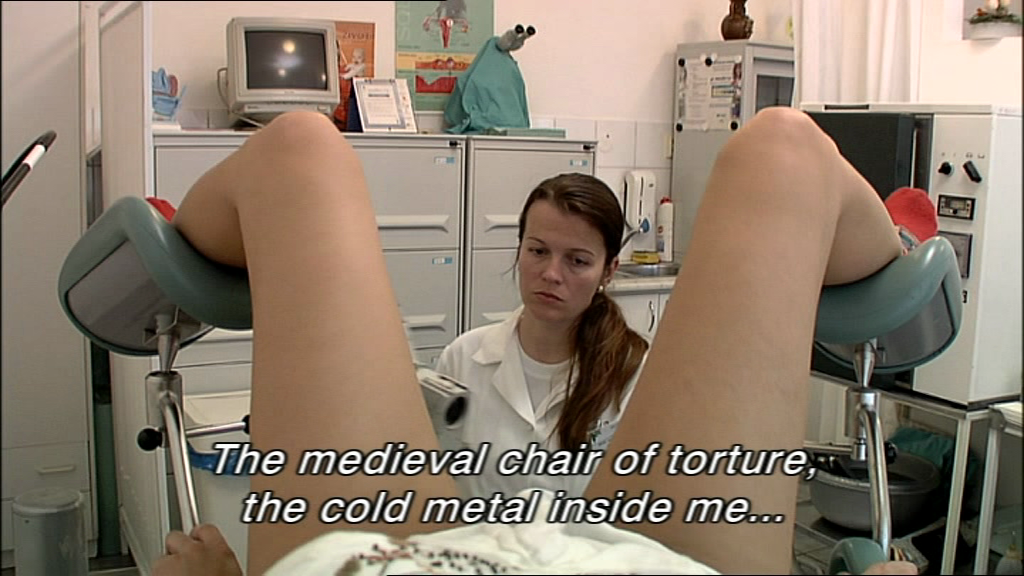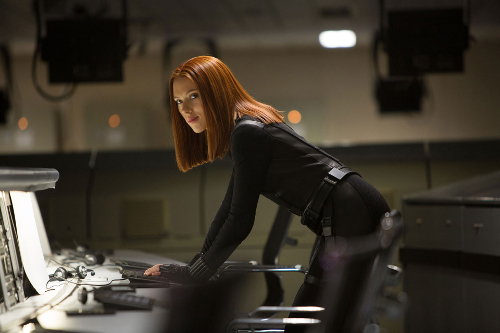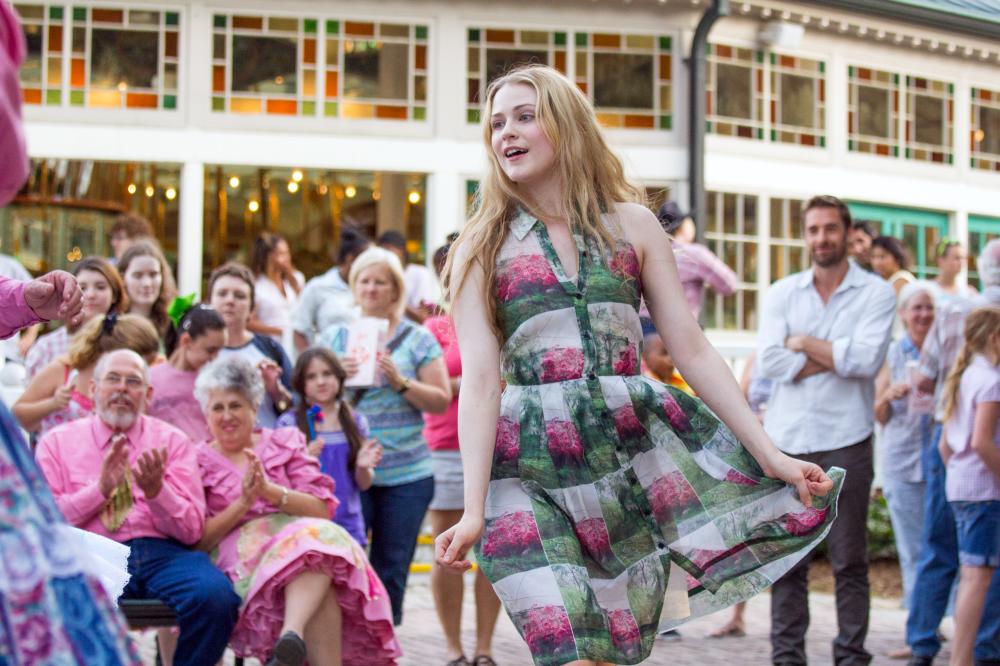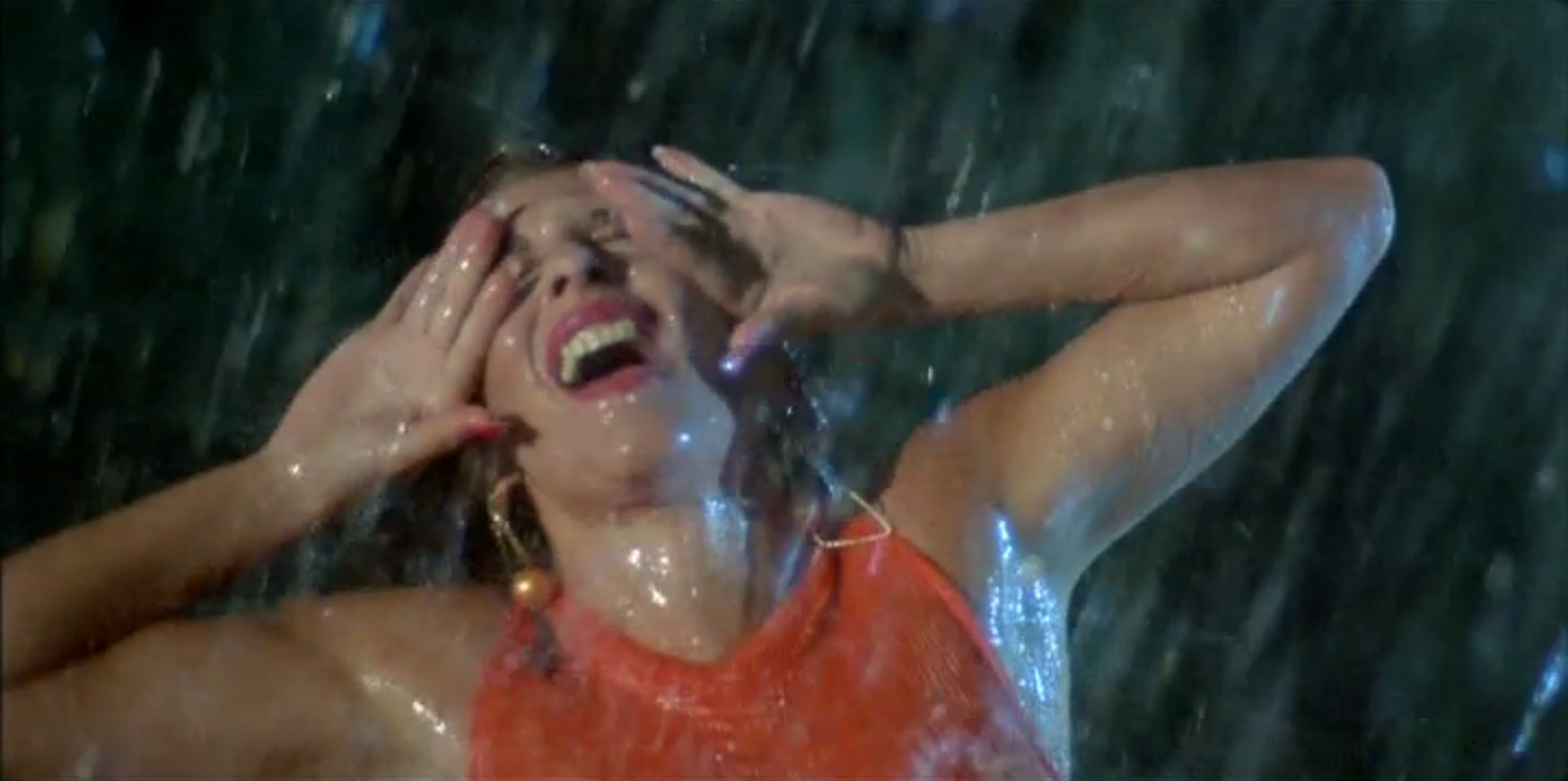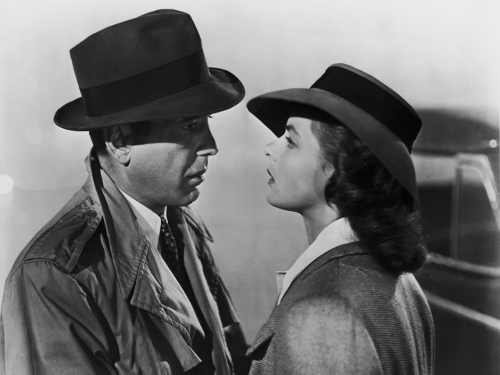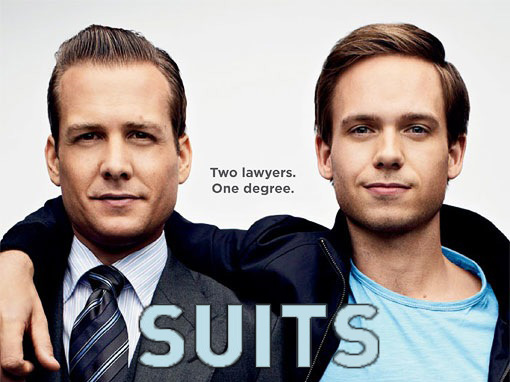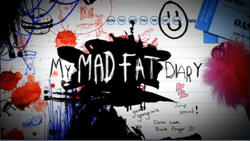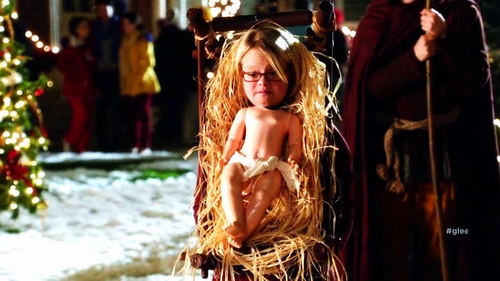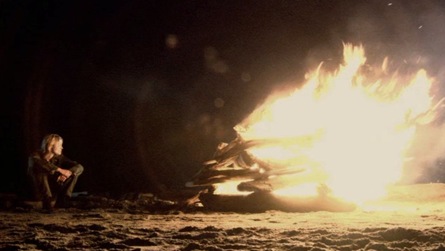‘The Moon Inside You’: A Bloody Good Documentary
Menstrual studies is a discipline very close to my heart. While earning my master’s degree, I temporarily became obsessed with texts like ‘Periods in Pop Culture’ (Lauren Rosewarne, 2012) and ‘Flow’ (Elissa Stein and Susan Kim, 2010) as I composed my thesis. I was blessed with a supportive advisor who made me realize that those who shot me disgusted looks in the past were in fact the weird, misinformed ones. I find it perplexing that so many have capitalized on menstruation, yet many are still terrified of discussing it in any form or on any platform. Menstruation is uniquely female and yet suggestive of violence, sacrifice, and trauma: that’s compelling. The menstrual cycle reminds us all of our own mortality, the devastating truth that our bodies will eventually decompose or burn into ashes, and that’s terrifying for many people. Why has the “fairer sex” been assigned this burden?
